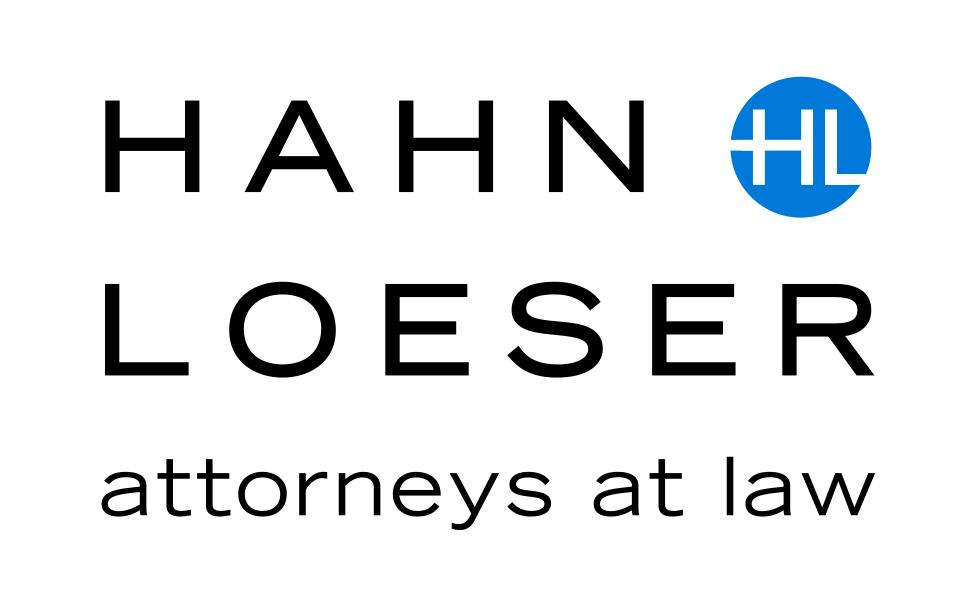Alliteration aside, greenhouse gas (GHG) emissions have already raised the global temperature, and in turn, begun to wreak havoc on the world. Some of this damage—such as droughts, wildfires, and rising sea levels—are easily recognizable and widely reported on. But the sheer financial toll of extreme weather events is mind-boggling; in 2020 for the United States, alone, costs surpassed $95 billion.[1] There are also less overt harms, such as increasing respiratory conditions experienced by the population or stresses on infrastructure.[2] While the scope and magnitude of these problems are yet to be fully realized, climate change is poised to be the biggest global issue—legally, financially, environmentally, and otherwise—over the next 10 years. In fact, it is anticipated that by 2050 the effects of climate change will reduce annual global economic output by up to $23 trillion each year.[3]
Clearly, there is an urgent need to reduce GHG emissions in order to mitigate the disastrous damages coming from climate change. One of the more potent GHGs is methane, which is 10 x more powerful than CO2 at warming the global atmosphere.[4] Fortunately, methane has a short atmospheric lifespan, so reducing methane emissions is set to be one of the most effective ways to limit global warming and its dangerous effects, now and in the future.[5] Accordingly, scientists are looking to the major sources of methane, one of which is…cow burps. A single cow can produce 250 to 500 L of methane per day.[6] Indeed, 44% of global, human-caused methane emissions stem from livestock emissions.[7]
So, how do we stop bovine belching? Well, there’s an antacid for that: enter the oddly named “Asparagopsis”, a species of red algae native to Australian coastal waters.[8] Scientists have found that adding less than 1% of Asparagopsis to cows’ feed could cut their gas by 98%.[9] With a potential solution in hand, the race to corner commercial production has begun.[10] Last year, CH4 Global, Inc. announced that they had signed the world’s first license agreements for the sale and distribution of Asparagopsis in the Australian and New Zealand markets.[11]
With people and governments looking to apportion blame for the ongoing and increasing damages caused by climate change, this innovation needed to happen for the agricultural sector. At the U.N. climate conference in Glasgow late last year, President Biden unveiled the U.S. Methane Emissions Reduction Action Plan, which included a plan to track emissions from all sectors and sources, including agriculture.[12] It is a short step from tracking emissions, to increased scrutiny and, as has been seen in other industries, ultimately litigation for failure to meet emission-reduction targets.[13]
For the time being, these issues remain in flux, as legislatures and courts scramble to keep up with innovation, technology, and ever-morphing government policies. In West Virginia v. Environmental Protection Agency, the United States Supreme Court heard oral argument in late February challenging the federal power to regulate greenhouse gas emissions under the Clean Air Act, which was established in 1970 as the modern regulatory framework for controlling air pollution under which the EPA sets emissions standards.[14] The Supreme Court is set to make a decision that will impact the EPA’s power to institute climate change policy. The full ramifications of such are purely speculative, but the decision will likely have a flow-on effect for the livestock industry and the increasing focus on the GHG emissions produced by farmers and the agricultural sector.
The U.S. and the world are waiting and watching some of these more high-profile lawsuits yet to be decided. These lawsuits could open the floodgates to new regulation, new business issues, and to new litigation, but, just as with the current climate change effects, those problems are yet to be fully realized.
[1] https://www.lancetcountdownus.org/2021-lancet-countdown-us-brief/
[2] https://www.lancetcountdownus.org/2021-lancet-countdown-us-brief/
[3] https://www.nytimes.com/2021/04/22/climate/climate-change-economy.html
[4] United Nations Environment Programme and Climate and Clean Air Coalition (2021). Global Methane Assessment: Benefits and Costs of Mitigating Methane Emissions. https://wedocs.unep.org/bitstream/handle/20.500.11822/35917/GMA_ES.pdf at 8
[5] Id.
[6] Johnson KA, Johnson DE. Methane emissions from cattle. J Anim Sci. 1995 Aug;73(8):2483-92. doi: 10.2527/1995.7382483x. PMID: 8567486
[7] United Nations Environment Programme and Climate and Clean Air Coalition (2021). Global Methane Assessment: Benefits and Costs of Mitigating Methane Emissions. https://wedocs.unep.org/bitstream/handle/20.500.11822/35917/GMA_ES.pdf
[8] https://www.washingtonpost.com/climate-solutions/2020/11/27/climate-solutions-seaweed-methane/
[9] https://www.npr.org/2020/12/02/941030964/adding-red-seaweed-to-cow-feed-could-cut-bovine-flatulance
[10] Id.
[11] https://www.businesswire.com/news/home/20210412005155/en/CH4-Global-and-Future-Feed-Sign-Licenses-for-Sales-Marketing-of-Asparagopsis-Seaweed-in-New-Zealand-and-Australia
[12] https://www.whitehouse.gov/wp-content/uploads/2021/11/US-Methane-Emissions-Reduction-Action-Plan-1.pdf, p. 12
[13] https://www.reuters.com/business/sustainable-business/environmental-groups-sue-totalenergies-over-climate-marketing-claims-2022-03-03/ (“A group of environmental organisations has filed a lawsuit in France against the country’s largest energy company TotalEnergies (TTEF.PA), accusing it of misleading consumers about its efforts to fight climate change”)
[14] https://www.law.cornell.edu/supct/cert/20-1530


